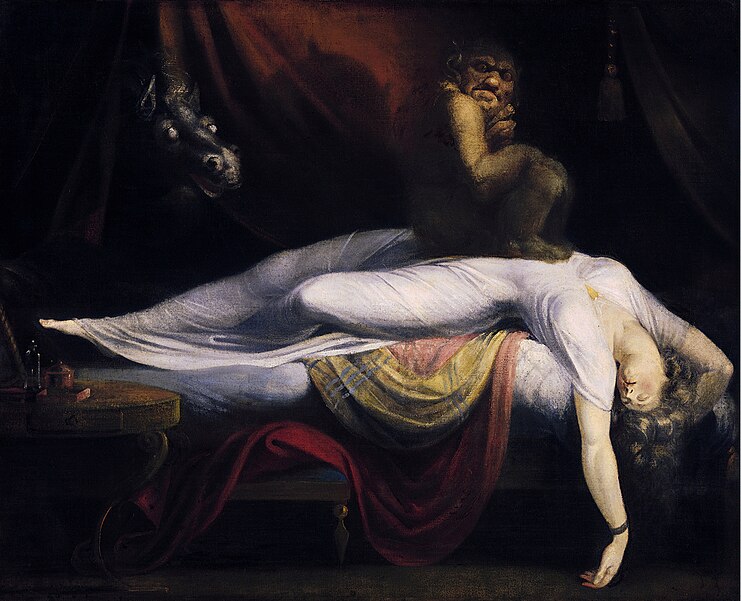European folklore state that supernatural and paranormal events, such as ghost sightings, tend to occur around the hour between 3am and 4am in the morning. It was believed that if you wake in the middle of the night around 3am, it was because you were visited by the devil. Women were even persecuted as witches if they were found outside during this ungodly hour.
There are many theories behind why the so-called Witching Hour became so infamous. Many involve religious notes, such as the fact that the Bible states that Jesus died at 3pm, therefore the inverse of the time is considered evil. Some say that the devil plays mockery to the Holy Trinity by using the number “3” as part of its acts of desecration. It is also a time when there are no prayers in the canonical hours, therefore evil spirits supposedly run rampant unchecked.
Scientifically speaking, when we wake in the middle of night then fall back asleep, we are more likely to enter a hypnagogic state – the state immediately before you fall asleep where your subconscious mind starts to take over. This can lead to sleep paralysis, which is commonly associated with horrific hallucinations, such as visions of monsters and ghouls. You may even experience a lucid dream, where you are aware within a dream, so you can have vivid memories of imaginary scenes. This may explain why people have such vivid memories of supernatural experiences.
3am is roughly the time of night when melatonin levels are highest, as it is normally when the body is in deep sleep. If you happen to be awake at this time, you may feel exhausted to the point of feeling delirious, as anyone who has done an all-nighter or a night shift could tell you.
From a historical point of view, before the advent of electric lights, it was common to go to bed early in the evening, wake in the night for an hour or two, then go back to sleep until the morning. This hour was used for prayers, writing down creative ideas, interpreting dreams, and of course, sex. Maybe this was also the hour when some people would be out and about for unlawful deeds, such as burglary. These sneaky burglars may have been misinterpreted as ghosts by anyone awake at the same time.
Whether you are superstitious or not, the Witching Hour is an interesting time as you know that everyone around you are asleep. There is no one to talk to. At this edge of tomorrow, you are left alone in tranquil darkness with your thoughts, feelings and worries.
Perhaps the things that go bump in the night during the Witching Hour are not eldritch horrors, but your own fears and anxieties rearing their ugly heads.

(Image source: http://explosm.net/comics/4086/)




